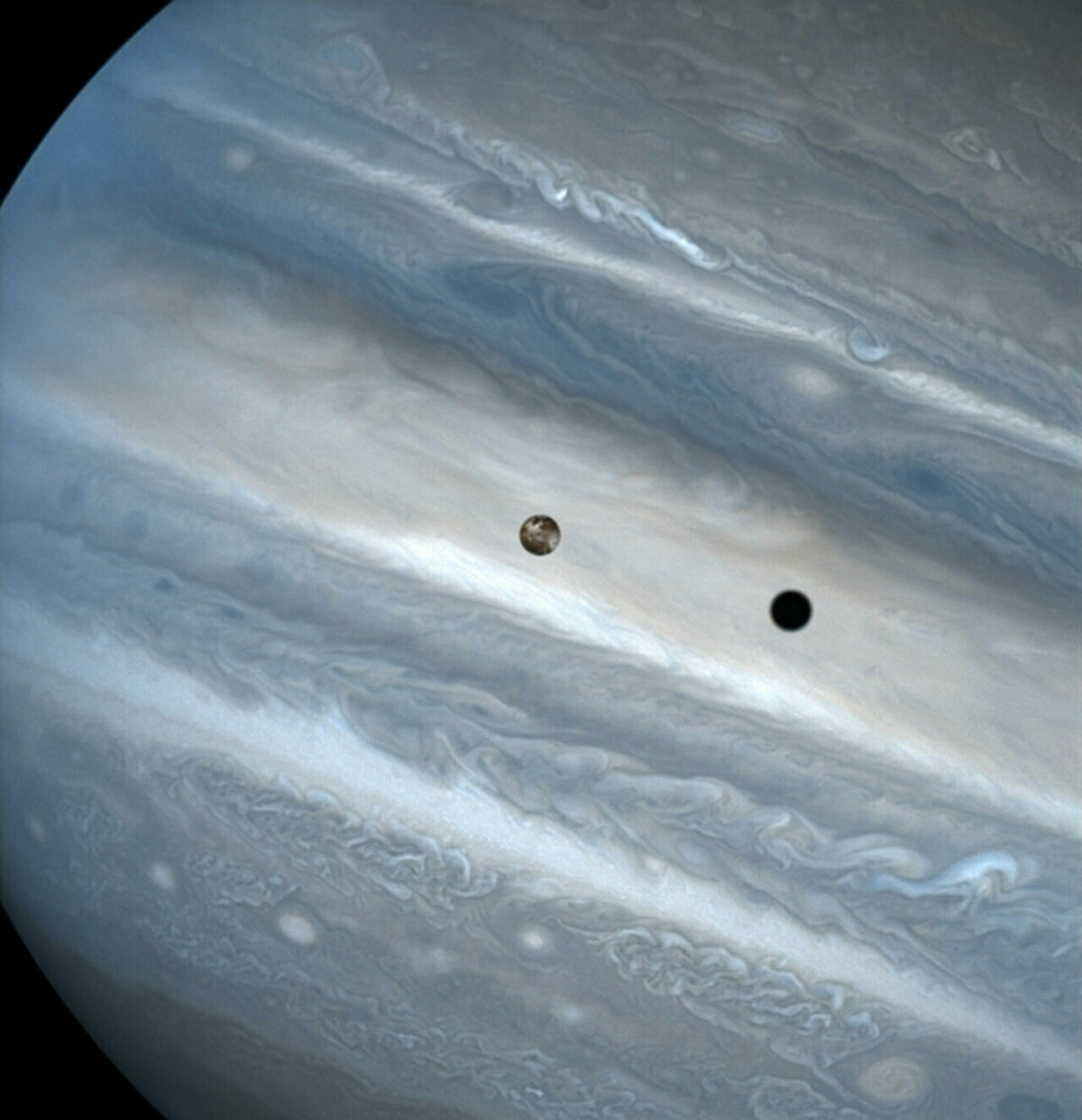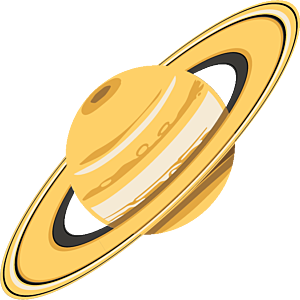The Downlink • Jan 15, 2021
The companions of the planets
You love space, now take action
This weekly newsletter is your toolkit to learn more about space, share information with your friends and family, and take direct action to support exploration. Anyone can subscribe at planetary.org/connect to receive it as a weekly email.
Mission Briefings


China may send a spacecraft to land on Jupiter’s moon Callisto. Chinese scientists, working with European collaborators, are solidifying plans for two distinct Jupiter mission concepts, one of which will likely move forward. Either mission would launch in 2029 and arrive at Jupiter system in 2035. No spacecraft has ever landed on a Jovian moon. Pictured: Callisto seen by NASA's Galileo spacecraft. Image credit: NASA/JPL/DLR.

Two currently operating NASA spacecraft received mission extensions. Juno will remain at Jupiter through September 2025 and conduct flybys of Ganymede, Europa, and Io, while InSight got a green light to continue studying Mars’ interior through December 2022. The spacecraft will use its seismometer to try and detect the landing of NASA’s Perseverance rover on Mars this February. It will be the first time such an experiment has been attempted on another planet.

Speaking of InSight, NASA officially called off efforts to bury the heat flow probe known as the mole. The probe has been stuck near the surface since March 2019. After a final unsuccessful attempt last weekend, ground operators concluded the soil at the landing site doesn’t provide enough friction for the probe to hammer itself any deeper.

Want to see a really big rocket test? NASA’s long-delayed Space Launch System will ignite all four core stage engines for the first time during a two-hour window that opens Saturday, 16 January at 5:00 p.m. ET (22:00 UTC). You can watch live on NASA TV. The rocket’s Artemis 1 test flight is scheduled for late 2021 and will blast an uncrewed Orion spacecraft to lunar orbit and back. The testing facility, which The Planetary Society visited in 2016, was used for the Saturn V Apollo rocket.

An uncrewed SpaceX Dragon returned to Earth after a 36-day stay at the International Space Station. The newly updated vehicle can ferry more cargo to and from the ISS. It can also splash down off the Florida coast, enabling delivery of science experiments to Earth-bound researchers in as little as 4 hours.
From The Planetary Society


Listen to the glorious drama of our solar system’s moons. This week’s Planetary Radio explores the Moons Symphony, a new musical work with 7 movements each inspired by one of the small, unique worlds and our efforts to explore them. Host Mat Kaplan speaks with composer Amanda Lee Falkenberg, Cassini project scientist Linda Spilker, and retired astronaut Nicole Stott about the symphony, and shares excerpts of the beautiful music. Pictured: Saturn and its largest moon Titan imaged by NASA’s Cassini spacecraft. Image credit: NASA/JPL-Caltech/SSI/Gordan Ugarkovic.

Space politics and policy in unprecedented times. This week's Planetary Radio: Space Policy Edition features a conversation with Jared Zambrano-Stout, former chief of staff of the United States' National Space Council, to discuss recent events in Washington, D.C. and how it intersects with space politics.
What's Up

Mars is still bright and reddish high in the evening sky. On 20 January you’ll see it shining beside the crescent Moon. Very low to the western horizon you might be able to spot Jupiter, Saturn, and Mercury just after sunset. In the predawn sky, look for Venus low to the eastern horizon. Learn more at planetary.org/night-sky.
Wow of the Week

The moons of our solar system are some of the most fascinating worlds we know, and call out to be explored by spacecraft and artistic imaginations alike. Planetary Society member Harold Wexler shared this etching titled “The Voice of Io” depicting volcanic activity on Jupiter's innermost moon.
Do you have a suggestion for the Wow of the Week? We’re looking for space-related art, music, gadgets, quotes, fashion, burning questions, brief sci-fi passages, or anything else that will make our readers go “Wow!” Send us your idea by replying to any Downlink email or writing to [email protected], and please let us know if you’re a Planetary Society member.


 Explore Worlds
Explore Worlds Find Life
Find Life Defend Earth
Defend Earth



